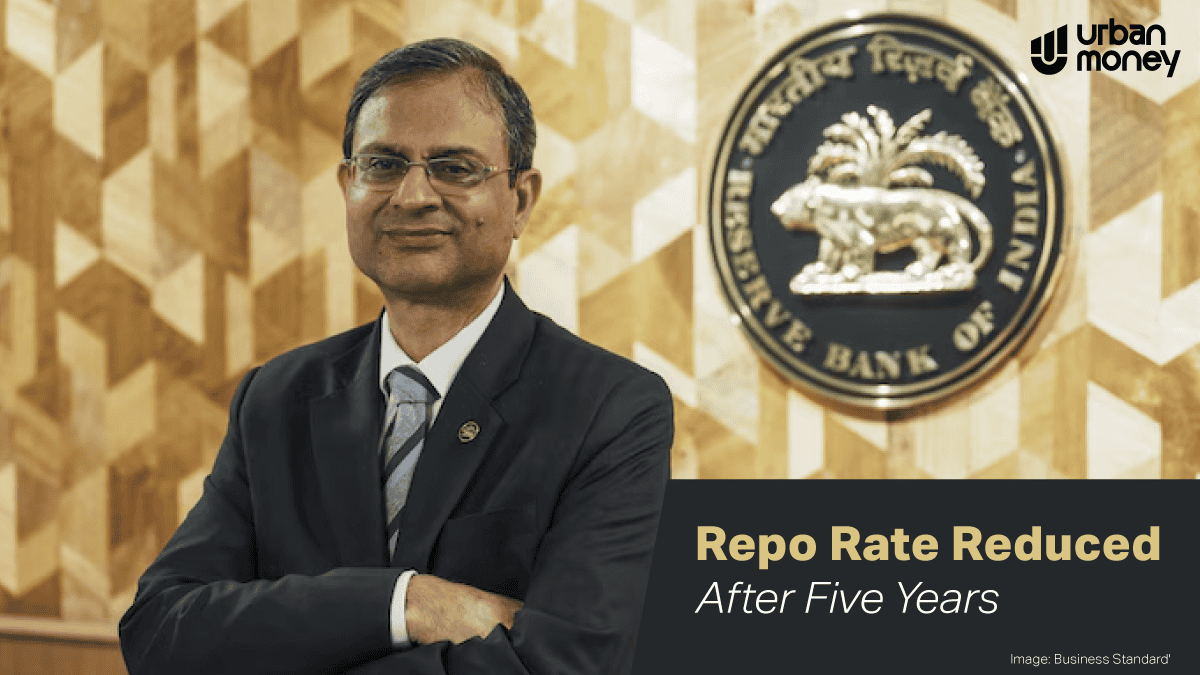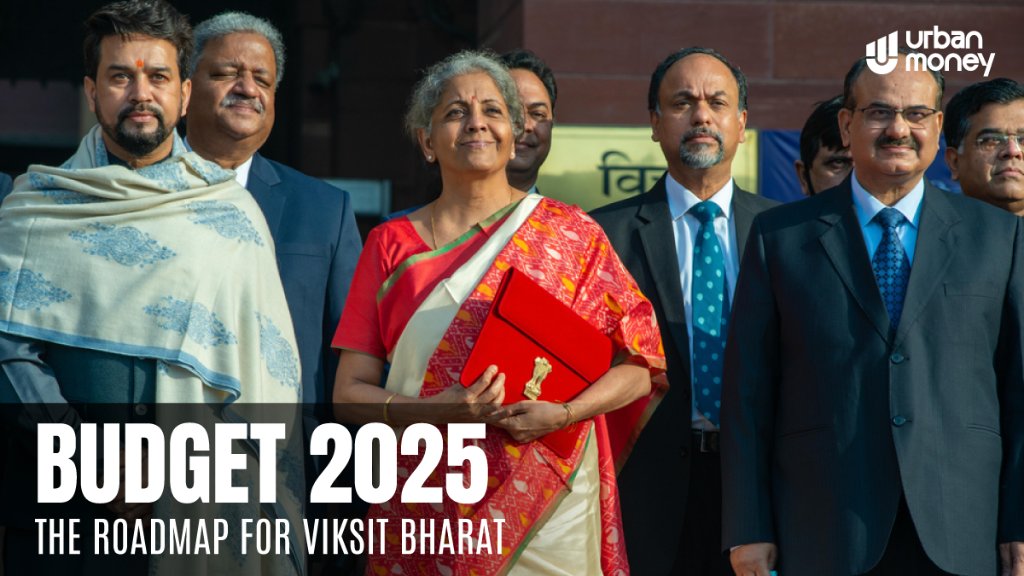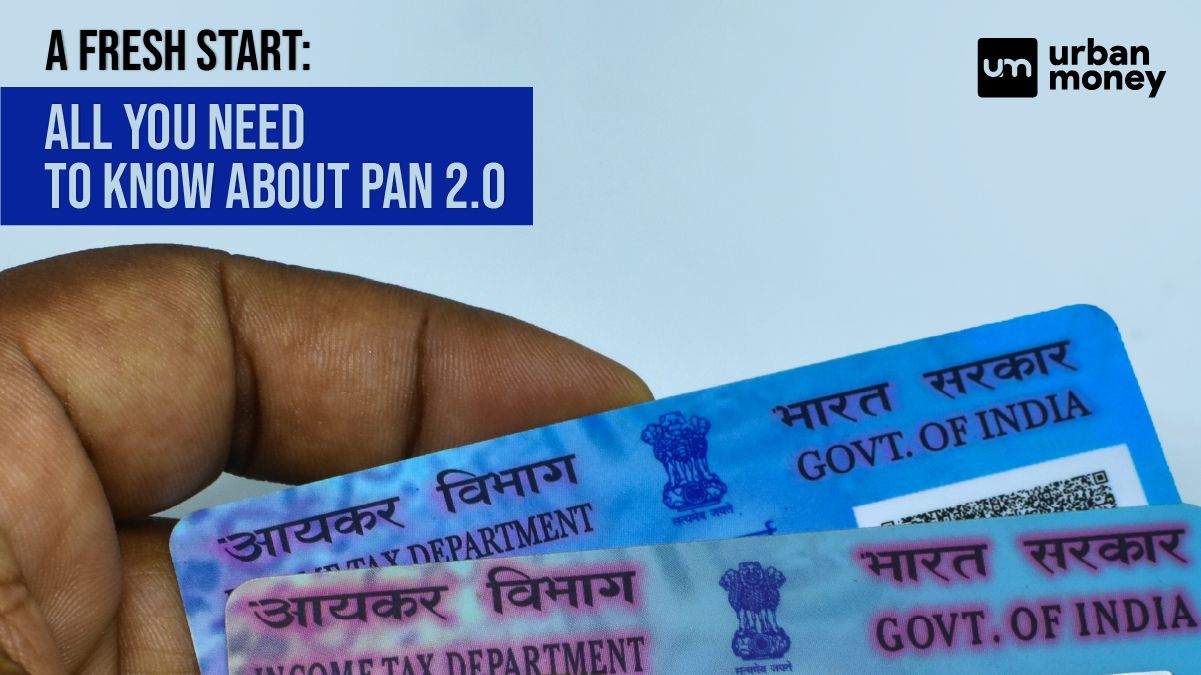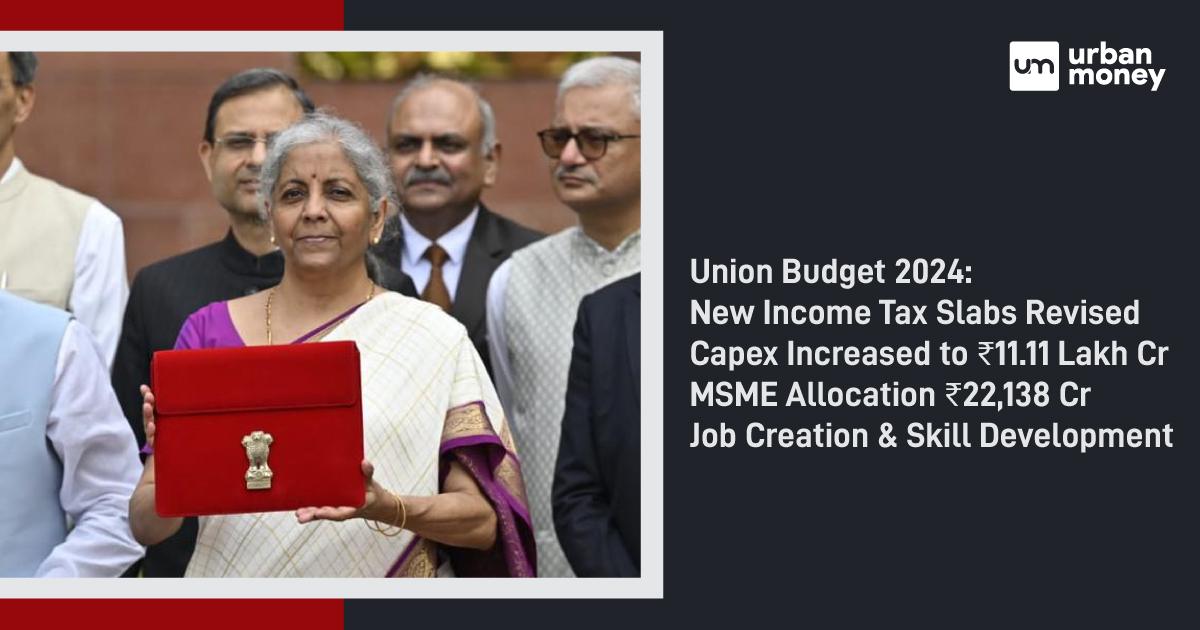Top 10 Best Private Banks in India List 2025
January 09, 2025
Financial News | NPS Vatsalya Scheme : A New Pension Plan for Secure Family Futures

October 14, 2024
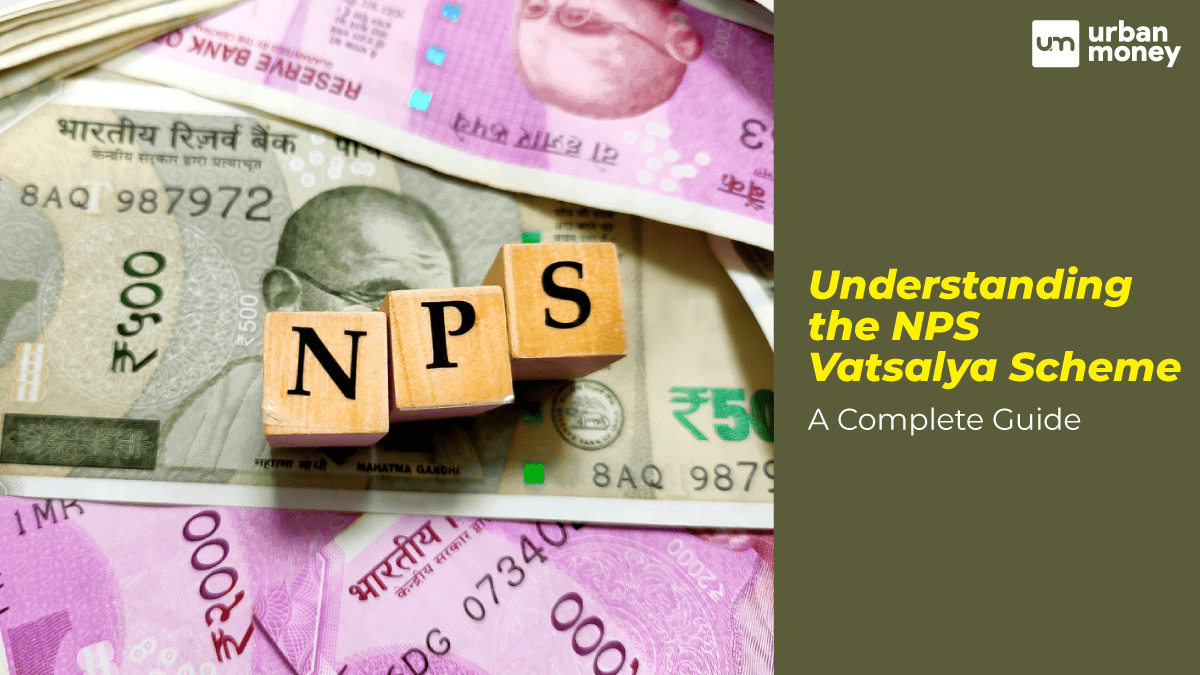

The National Pension System (NPS) Vatsalya scheme is a savings and pension plan designed specifically for minors. Managed by the Pension Fund Regulatory and Development Authority (PFRDA), this scheme allows parents or guardians to open an account for children under 18. With a minimum contribution of ₹1,000 per year and no maximum limit, the NPS Vatsalya scheme aims to secure financial futures and promote long-term investment. When the child becomes an adult, they can smoothly switch to a regular NPS account. This scheme offers flexible investment choices, including equity and debt options, ensuring a balance of growth and security for future financial needs.
Table of Contents
ToggleNPS Vatsalya scheme offers flexible investment options, encouraging long-term savings and future planning. Here is a breakdown of NPS Vatsalya scheme details:
| Features | Details |
| Eligibility | Indian citizens under 18 years |
| Contribution Limit (Min. to Max.) | ₹1,000 per year to No maximum limit |
| Account Control | Operated by a guardian until age 18 |
| Investment Choices | Moderate, Conservative, and Aggressive Life Cycle Funds; Active Choice available |
| Lock-in Period | Three years for partial withdrawal eligibility |
| Withdrawal Rules | Up to 25% after three years for education, illness, or disability |
| Exit Options | At 18, 80% annuity for corpus above ₹2.5 lakh; 100% lump sum for ≤ ₹2.5 lakh |
| Death Benefit | Entire corpus transferred to the guardian on the death of a minor |
| Tax Benefits | Upto ₹50,000 u/s 80 CCD (1B), over ₹1.5 lakh limit under 80C (Tier I) |
Finance Minister Nirmala Sitharaman launched the NPS Vatsalya Scheme on September 18, 2024. This combined savings and retirement plan allows parents and guardians to invest yearly in their children.
Unlike traditional savings accounts, the NPS Vatsalya scheme has no fixed interest rate. Instead, returns are based on the performance of the investments chosen within the scheme. Historically, NPS funds have shown average returns of around 10-12%, but the actual returns can vary based on market conditions and the specific investment choices made by the guardian. NPS Vatsalya Scheme interest rate plays a key role in determining the potential growth, but since it isn’t fixed, it reflects the fluctuations of the market and investment choices.
Upon successful registration for the NPS Vatsalya Scheme, a Permanent Retirement Account Number (PRAN) is issued. Here’s how it works:
The NPS Vatsalya Scheme offers flexibility in contributions. The initial and subsequent minimum contribution is ₹1,000 per year. This ensures that the account remains active with a modest annual investment. There is no upper limit on contributions, allowing individuals to invest any amount they wish above the minimum requirement.
Under the NPS Vatsalya Scheme, the guardian can select a pension fund to manage the investments. Guardians can choose from various pension funds registered with the PFRDA. Approved financial institutions manage these funds to ensure the professional handling of investments.
Each pension fund offers different strategies, typically including a mix of equity, corporate debt, and government securities, allowing for growth and stability over time. Guardians can switch between Pension Funds, enabling them to adapt to changing financial goals or market conditions. This selection process gives the guardian control over how the minor’s contributions are invested, balancing risk and returns according to their preferences.
The NPS Vatsalya Scheme provides two main investment choices, allowing you to adjust your portfolio to match your risk level and financial goals.
This option automatically allocates investments based on the user’s age, gradually reducing equity exposure as the person ages. Options within Auto Choice are:
This allows the guardian to allocate funds manually across different asset classes, including:
These options let guardians either manage the fund themselves or have it automatically adjusted to the child’s age, creating a customised investment plan for long-term growth.
When the user of the NPS Vatsalya Scheme reaches 18 years of age, several options and changes come into effect:
If the corpus is above ₹2.5 lakh, 80% must be invested in an annuity plan that provides a regular income stream. The remaining 20% can be withdrawn as a lump sum. If the corpus is ₹2.5 lakh or less, the entire amount can be withdrawn as a lump sum, offering flexibility based on the total accumulated savings.
The eligibility criteria for the NPS Vatsalya Scheme are as follows:
Here are some key reasons to consider joining the NPS Vatsalya scheme:
An investor needs the following documents to open an NPS Vatsalya account:
The NPS Vatsalya scheme offers a straightforward way to plan for retirement with reliable, market-based returns. This scheme aims to give people an easy, paperless option to open an NPS account right from home or office. With this long-term savings plan, individuals can feel secure about their future by creating a financial cushion for their retirement years. Here’s how to enrol online for the NPS Vatsalya scheme:
The NPS Vatsalya Scheme in India offers specific withdrawal and exit rules to ensure flexibility and security for the subscriber. Here’s a breakdown:
The entire corpus is transferred to the guardian or nominee if the minor dies.
The NPS Vatsalya Scheme offers several tax benefits for contributions made to a Tier I account, designed to enhance the overall value of the investment. Here are the key NPS Vatsalya Scheme tax benefits available:
Contributions to the NPS Vatsalya account qualify for tax deductions under Section 80 C, with a combined limit of ₹1.5 lakh. This limit includes other eligible investments and expenses covered under Section 80C.
An additional tax deduction of up to ₹50,000 is available under Section 80 CCD (1B) for contributions to the NPS account. This is over and above the ₹1.5 lakh limit under Section 80C, providing further tax-saving opportunities.
For salaried individuals, employer contributions (if the employer participates in NPS) are also tax-deductible under Section 80 CCD (2), up to 10% of the basic salary plus dearness allowance. This deduction is allowed on top of the employee’s contributions and is not subject to the ₹1.5 lakh limit under Section 80 C.
These tax benefits are only available under the old tax regime. Individuals choosing the new tax regime will not be eligible for these deductions.
For the NPS Vatsalya Scheme, potential returns can be calculated based on estimated rates of return over a period, considering contributions made yearly. Here’s an example of how the calculation might work, using some historical return rates for illustration purposes.
If the child continues investing in the same pattern (10% annual increase) until the age of 60, the total fund could grow to around ₹15.34 crore due to the power of compounding and the yearly increase in contributions.
The NPS Vatsalya Scheme requires a minimum contribution of ₹1,000 annually to keep the account active. No maximum limit exists, so you can invest as much as you like beyond this minimum amount.
No, the NPS Vatsalya Scheme is not limited to government employees. It is available to all Indian citizens below 18 years of age, allowing parents or guardians to open an account for their minor children.
No, under the NPS Vatsalya Scheme, a subscriber cannot nominate multiple beneficiaries.
If an NPS subscriber passes away before retiring, the accumulated corpus in the account is handed over to the nominee or legal heir.
The pension amount under the NPS Vatsalya Scheme is determined by the accumulated corpus and the type of annuity plan chosen at the time of exit or retirement.
No, life insurance is not included in the NPS Vatsalya Scheme. This scheme focuses on long-term retirement savings and pension benefits for minors.








© 2025 www.urbanmoney.com. All rights reserved.

Need Loan Assistance?

Thank you for showing your interest. Our agent will get in touch with you soon.






